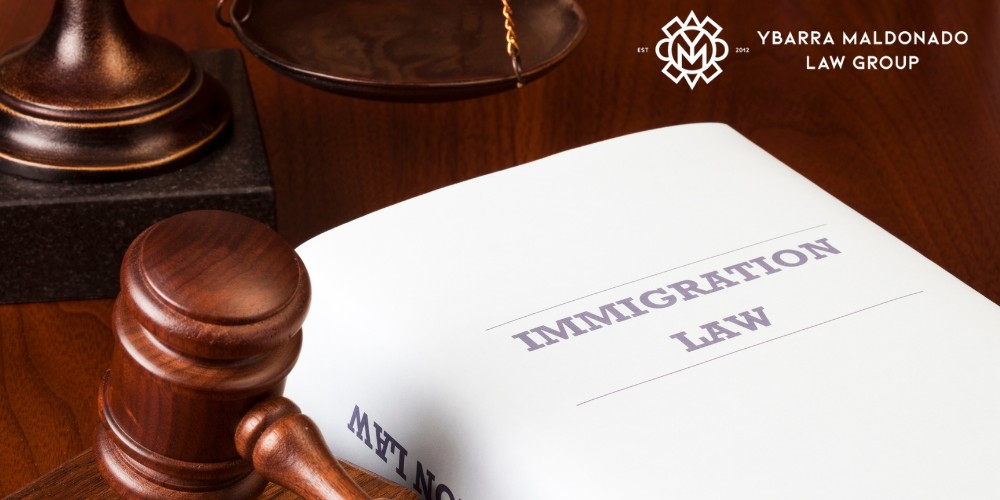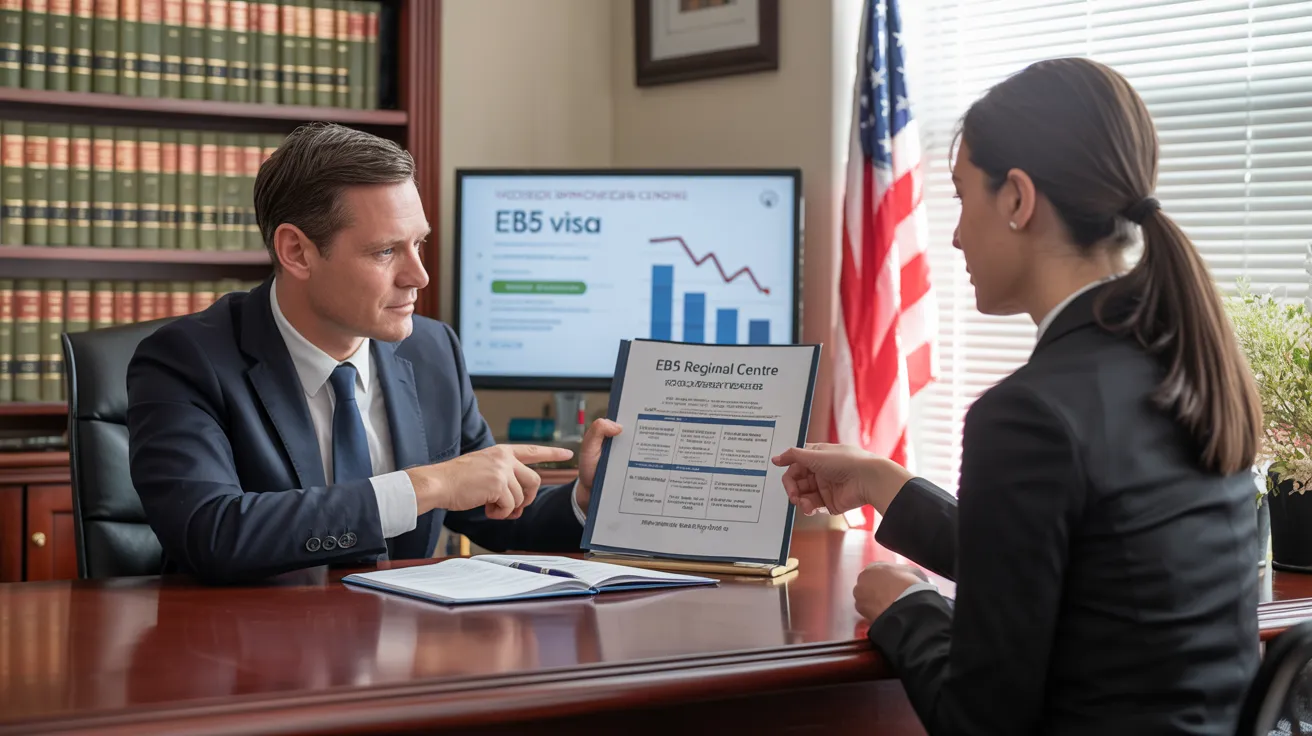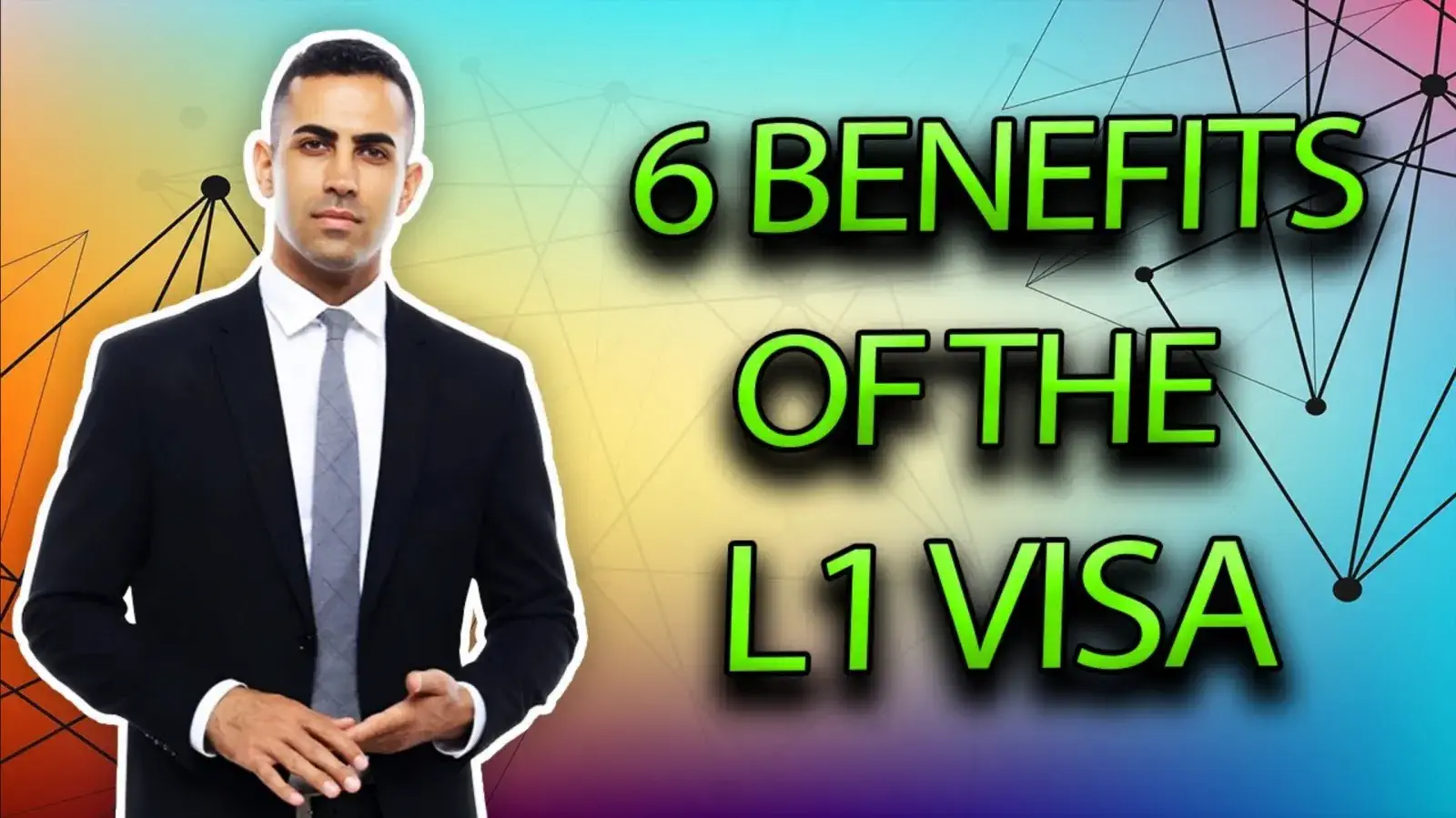The Main Principles Of L1 Visa
Table of Contents8 Easy Facts About L1 Visa ExplainedThe Buzz on L1 VisaThe 4-Minute Rule for L1 Visa8 Simple Techniques For L1 VisaThe Best Strategy To Use For L1 VisaAn Unbiased View of L1 Visa
Offered from ProQuest Dissertations & Theses International; Social Science Costs Collection. DHS Workplace of the Examiner General. Obtained 2023-03-26.
U.S. Department of State. Recovered 22 August 2016. "Workers paid $1.21 an hour to set up Fremont tech company's computers". The Mercury Information. 2014-10-22. Fetched 2023-02-08. Costa, Daniel (November 11, 2014). "Obscure short-lived visas for international tech workers dispirit earnings". Capital. Tamen, Joan Fleischer (August 10, 2013). "Visa Holders Change Employees".
5 Easy Facts About L1 Visa Explained
In order to be qualified for the L-1 visa, the foreign firm abroad where the Beneficiary was used and the U.S. firm must have a certifying relationship at the time of the transfer. The various types of certifying relationships are: 1. Parent-Subsidiary: The Parent means a company, company, or various other legal entity which has subsidiaries that it has and regulates."Subsidiary" implies a company, corporation, or other lawful entity of which a parent has, straight or indirectly, greater than 50% of the entity, OR has much less than 50% but has administration control of the entity.
Example 1: Firm A is incorporated in France and employs the Beneficiary. Firm B is incorporated in the U.S. and wants to request the Recipient. Company An owns 100% of the shares of Business B.Company A is the Moms And Dad and Firm B is a subsidiary. There is a qualifying connection in between the 2 companies and Business B must be able to fund the Recipient.
Instance 2: Business A is integrated in the united state and intends to request the Beneficiary. Business B is integrated in Indonesia and utilizes the Beneficiary. Company An owns 40% of Company B. The continuing to be 60% is owned and regulated by Firm C, which has no relationship to Firm A.Since Business A and B do not have a parent-subsidiary connection, Business A can not sponsor the Beneficiary for L-1.
Business A possesses 40% of Company B. The continuing to be 60% is had by Business C, which has no relation to Company A. Nonetheless, Company A, by official contract, controls and complete handles Firm B.Since Company A has less than 50% of Business B however takes care of and manages the company, there is a certifying parent-subsidiary partnership and Company A can fund the Beneficiary for L-1.
Some Known Incorrect Statements About L1 Visa
Associate: An associate is 1 of 2 subsidiaries thar are both possessed and regulated by the exact same parent or person, or had and managed by the very explore your L1 Visa same team of find out more individuals, in essentially the exact same proportions. a. Example 1: Business A is incorporated in Ghana and utilizes the Recipient. Business B is incorporated in the U.S.
Firm C, additionally integrated in Ghana, owns 100% of Business A and 100% of Firm B.Therefore, Firm A and Firm B are "associates" or sister firms and a certifying partnership exists in between both business. Firm B must have the ability to fund the Beneficiary. b. Example 2: Firm A is integrated in the U.S.
Company A is 60% owned by Mrs. Smith, 20% owned by Mr. Doe, and 20% possessed by Ms. Brown. Business B is included in Colombia and presently utilizes the Beneficiary. Firm B is 65% owned by Mrs. Smith, 15% owned by Mr. Doe, and 20% owned by Ms. Brown. Business A and Company B are affiliates and have a certifying connection in 2 different means: Mrs.
The L-1 visa is an employment-based visa classification established by Congress in 1970, permitting international companies to move their managers, execs, or essential workers to their united state operations. It is generally described as the intracompany transferee visa. There are 2 primary sorts of L-1 visas: L-1A and L-1B. These types are suitable for employees worked with in various settings within a business.

Additionally, the recipient has to have functioned in a managerial, exec, or specialized worker placement for one year within the three years coming before the L-1A application in the foreign company. For new office applications, international work must have been in a supervisory or executive capacity if the recipient is involving the United States to function as a manager or exec.
The Facts About L1 Visa Uncovered

If provided for an U.S. company operational for even more than one year, the preliminary L-1B visa is for approximately three years and can be expanded for an added two years (L1 Visa). On the other hand, if the U.S. company is freshly developed or has actually been functional for much less than one year, the initial L-1B visa is released for one year, with expansions readily available in two-year increments
The L-1 visa is an employment-based visa group developed by Congress in 1970, allowing international firms to transfer their managers, executives, or vital workers to their United state operations. It is frequently referred to as the intracompany transferee visa.
L1 Visa - An Overview
Additionally, the recipient needs to have operated in a managerial, executive, or specialized worker position for one year within the 3 years coming before the L-1A application in the international business. For brand-new workplace applications, foreign employment must have remained in a managerial or executive ability if the beneficiary is coming to the USA to function as a L1 Visa law firm manager or executive.
for approximately 7 years to supervise the procedures of the united state associate as an executive or supervisor. If provided for an U.S. company that has been operational for greater than one year, the L-1A visa is originally given for up to three years and can be prolonged in two-year increments.
If approved for a united state company operational for more than one year, the initial L-1B visa is for up to three years and can be expanded for an added 2 years. On the other hand, if the united state firm is recently established or has actually been functional for less than one year, the first L-1B visa is released for one year, with extensions offered in two-year increments.